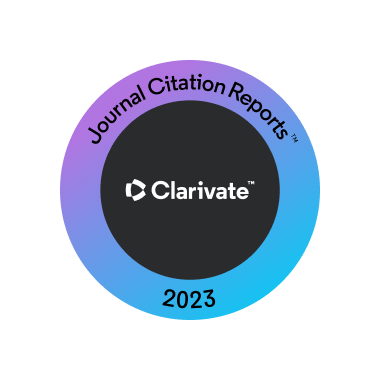Articoli
Effect of artificial aging on surface roughness and color stability of zirconia and composite
OBJECTIVES: Indirect restorations are extensively employed in contemporary dentistry, which include zirconia and indirect composite.
The purpose of the research was to assess the surface roughness as well as color stability to provide crucial information to dental health professionals which would help them in making an evidence-based decision in clinical scenarios that
advocate for the need for such restorations.
MATERIALS AND METHODS: Two groups of indirect restorations (n = 25) were fabricated: one with indirect composite and the other with zirconia. A spectrophotometer was used to record color values, and a profilometer was used to take baseline surface roughness measurements. To replicate clinical settings, specimens were exposed to staining agents and thermal cycling. Measurements of post-treatment surface roughness and color were made, and the data were examined using the relevant statistical tests.
RESULTS: The baseline surface roughness of the monolithic zirconia restorations and the indirect composite restorations were found to differ statistically significantly (p 0.05). Surface roughness and color stability changed for both materials following exposure to staining agents and heat cycling. In contrast to the indirect composite restorations, the zirconia restorations demonstrated higher stability concerning their baseline values measured for surface roughness and color stability.
CONCLUSIONS: Within the parameters of this study, the following conclusions can be made: surface roughness and color stability after artificially accelerated aging of indirect composite- based and monolithic zirconia- based restorations were found to be clinically acceptable.
CLINICAL SIGNIFICANCE: The results suggest that both monolithic zirconia and indirect composite maintain clinically acceptable surface roughness and
color stability after artificial aging.
Zirconia showed superior performance, making it a preferable choice in esthetic restorations where enhanced hygiene and long-term color retention are essential.
Per continuare la lettura gli abbonati possono scaricare l’allegato.






